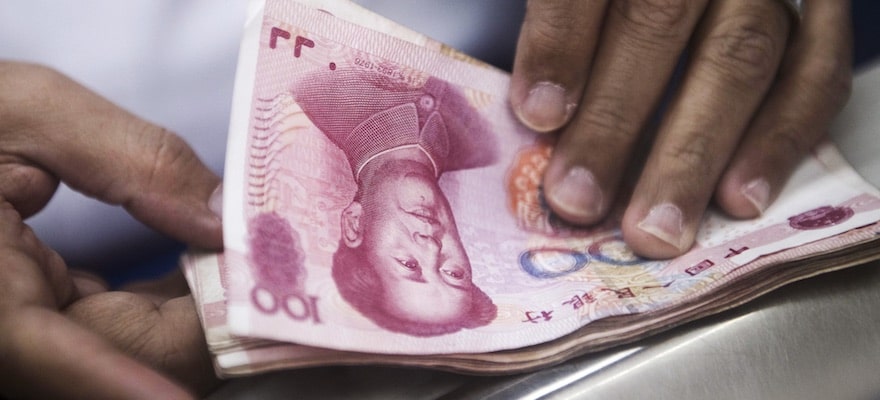SWIFT, a global provider of financial messaging services, has released its monthly compilation of data as part of its RMB tracker, which was highlighted by a strong growth of the Chinese currency in the Middle East, namely the United Arab Emirates (UAE) in August 2016, also retaining its position as the fifth most utilized currency in the world for international Payments , according to a SWIFT statement.
Take the lead from today’s leaders. FM London Summit, 14-15 November, 2016. Register here!
The latest data from SWIFT’s RMB Tracker has yielded a steadfast uptick in RMB adoption in the UAE. As one of the paramount hubs in the Middle East and home to such flourishing centers as Dubai and Abu Dhabi, the UAE has notched a 210.8% growth in RMB use over the past two years, since August 2016.
In August 2016 however, more than 80% of the direct payments made between the UAE and China or Hong Kong were in CNY, constituting one of the highest increases worldwide. The trajectory of RMB usage in this region also seems primed to grow during H2 2016, which will continue to be tracked on a monthly basis.
In addition, August 2016 saw the RMB retain its fifth spot as one of the world’s most utilized currencies for payments, coming in at 1.86%. This performance is largely static MoM as the RMB has refused to give up the number five spot outside a brief period of resurgence from the Canadian dollar (CAD) earlier this year.
Europe in Focus
In terms of Europe, France Leads eurozone countries in RMB payments by value, despite stagnated growth over the past three years. According to SWIFT data, upwards of 50% of France’s direct payments with China and Hong Kong were denominated in CNY in August 2016.
By extension, the UK has remained as the paramount offshore RMB clearing hub after Hong Kong, with a total of 67.3% of all RMB direct payments made between Europe and China and Hong Kong in August 2016.
Moreover, in Switzerland the RMB ranks third in direct payments with China and Hong Kong after HKD and CHF, securing a 43.5% growth in RMB payments by value compared to November 2015. Despite this rise, the euro remains as the dominant currency for payments between Germany and China and Hong Kong with a share of 80.1% - a figure the RMB has thus far not managed to touch.
According to Alain Raes, Chief Executive, Asia Pacific, Europe Middle East and Africa (EMEA), SWIFT, in a recent statement on the SWIFT data: “RMB adoption in France, Switzerland and Germany is progressing slowly, while the UAE continues to show significant growth – we have seen impressive 44.6% increase in payments value since August 2015.”
“We expect this growth to continue in the UAE following the signing of a Memorandum of Understanding in December 2015 for the set-up of an additional clearing centre in the Middle East. This will enable even more corporates operating in the region to access RMB products, open RMB accounts and use the currency to make payments to both onshore and offshore counterparts,” he noted.

















